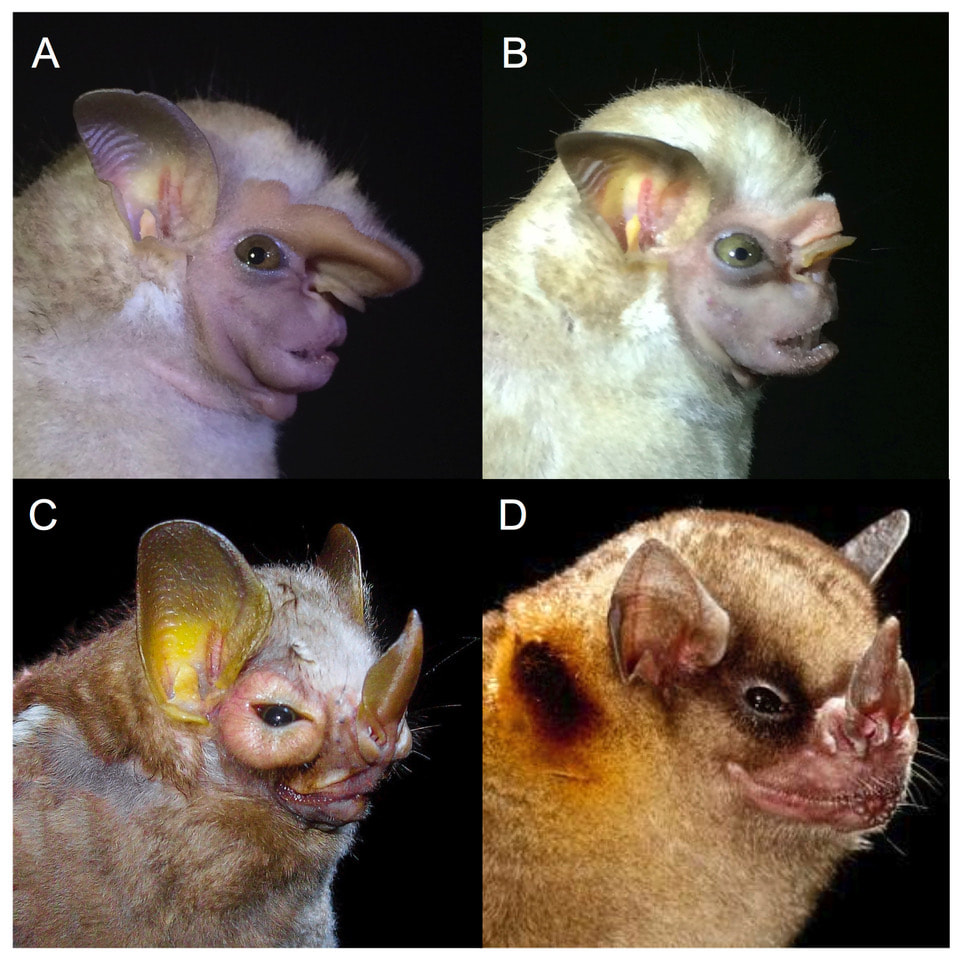Danielle M. Adams, Christopher Nicolay, and Gerald S. Wilkinson Of the 216 species of phyllostomid bats, fewer than 10% have had their mating systems studied in any great detail; however, some species exhibit mating systems ranging from apparent monogamy to extreme polygyny. Paternity studies reveal that the social mating system is generally indicative of the genetic mating system although in some cases, subordinate males father some offspring. These findings suggest that mate selection can involve both male competition and female choice. To estimate the strength of precopulatory and postcopulatory sexual selection, we use measures of sexual dimorphism in relative body mass and canine length as indicators of direct male competition, and relative testes mass as a proxy for sperm competition. We then evaluate the influence of aggregation size and permanence of the roosting structure on the intensity of sexual selection using phylogenetically-informed analyses. Even though females are often larger than males, male-biased sexual dimorphism for relative mass and canine length is widespread and associated with large roosting aggregations. In contrast, sperm competition is greatest in species with intermediate-sized aggregations. These patterns of sexual dimorphism are largely consistent with what is known about phyllostomid mating systems, but exceptions provide potential opportunities for future study.
1 Comment
Robert Owen
6/8/2022 08:10:17 am
Can you please send me the complete citation for this chapter?
Reply
Leave a Reply. |
Meet the editors!
Theodore H. Fleming, Liliana M. Dávalos, & Marco A. R. Mello Keywords
All
|

